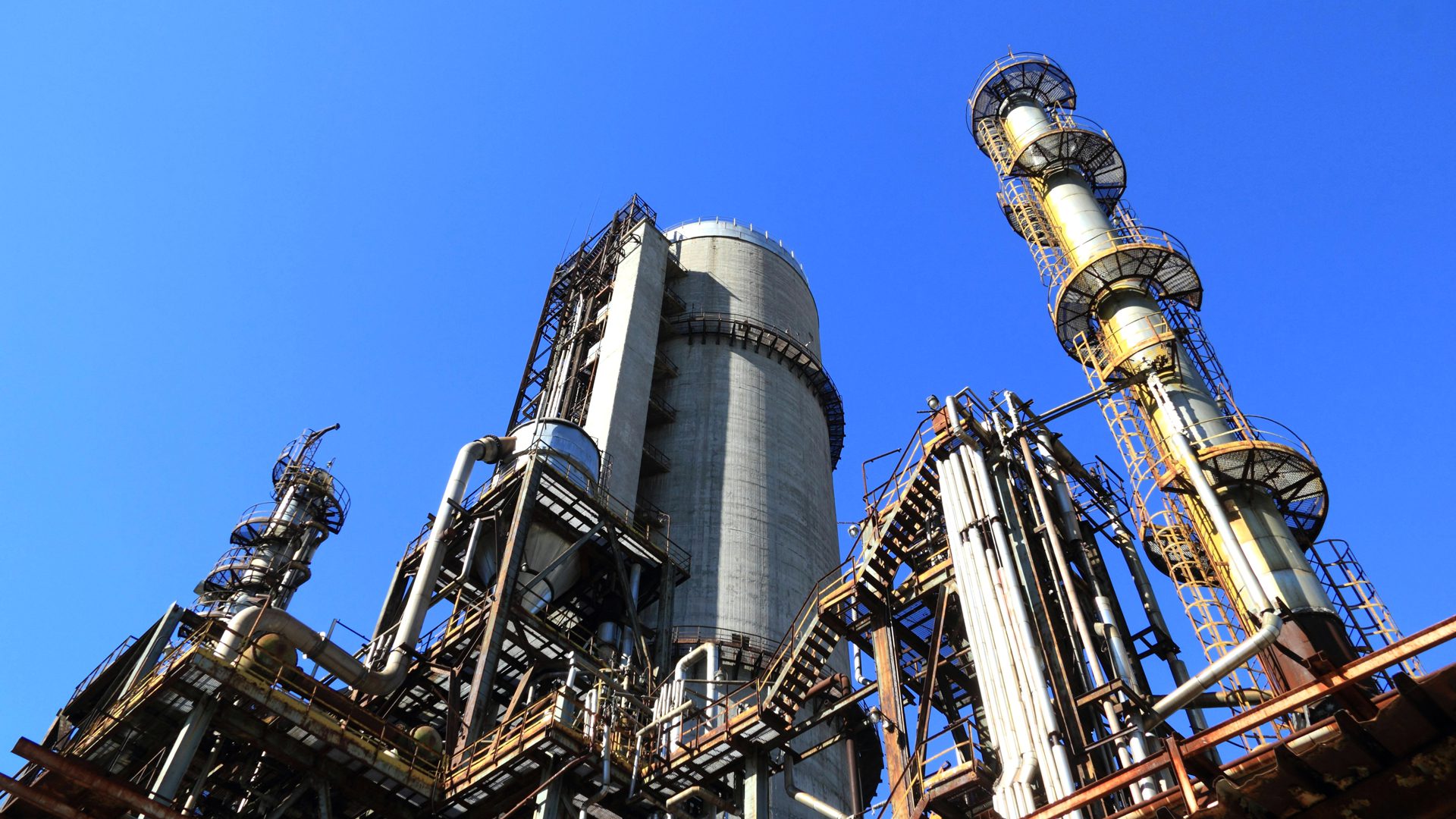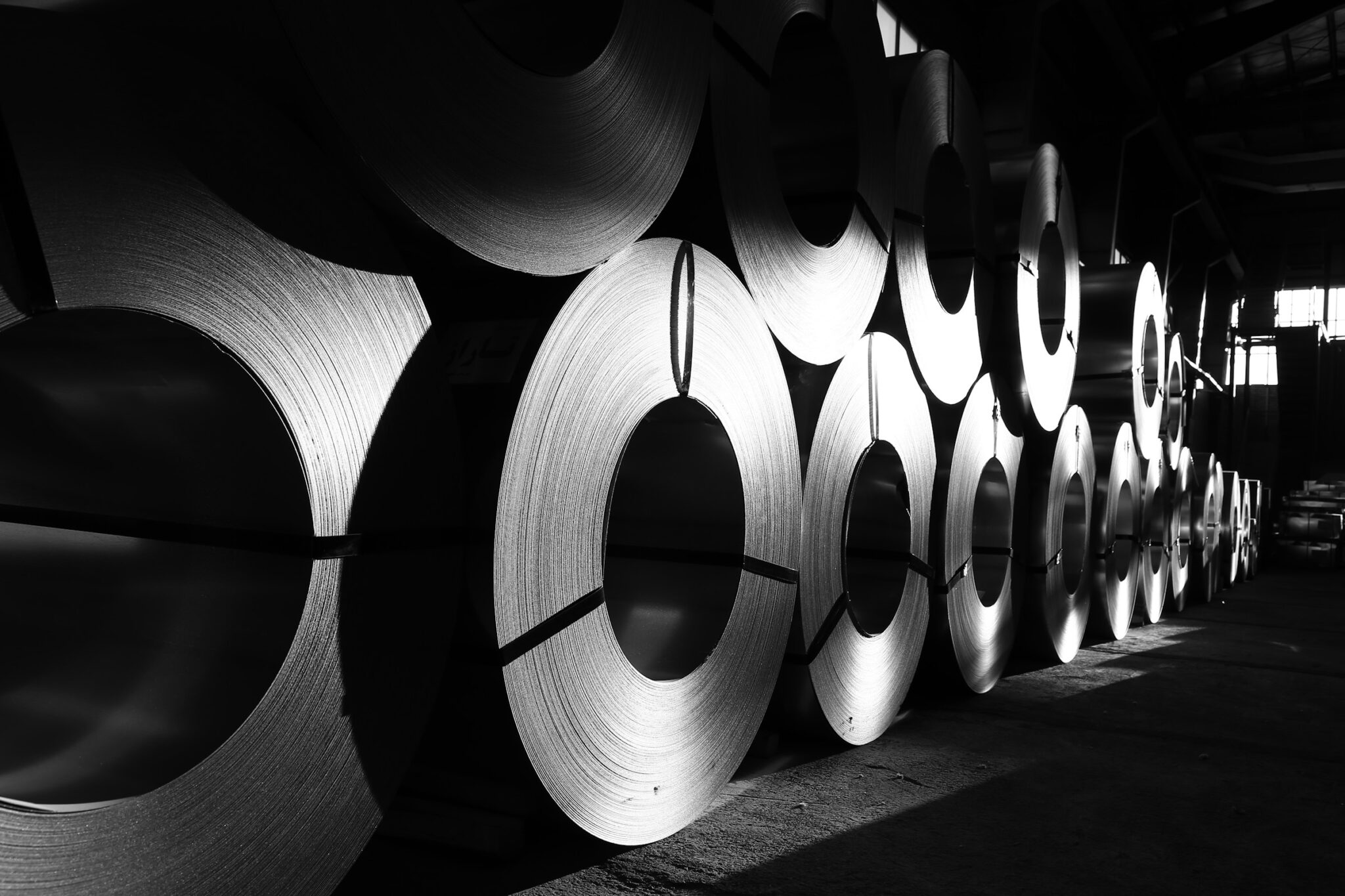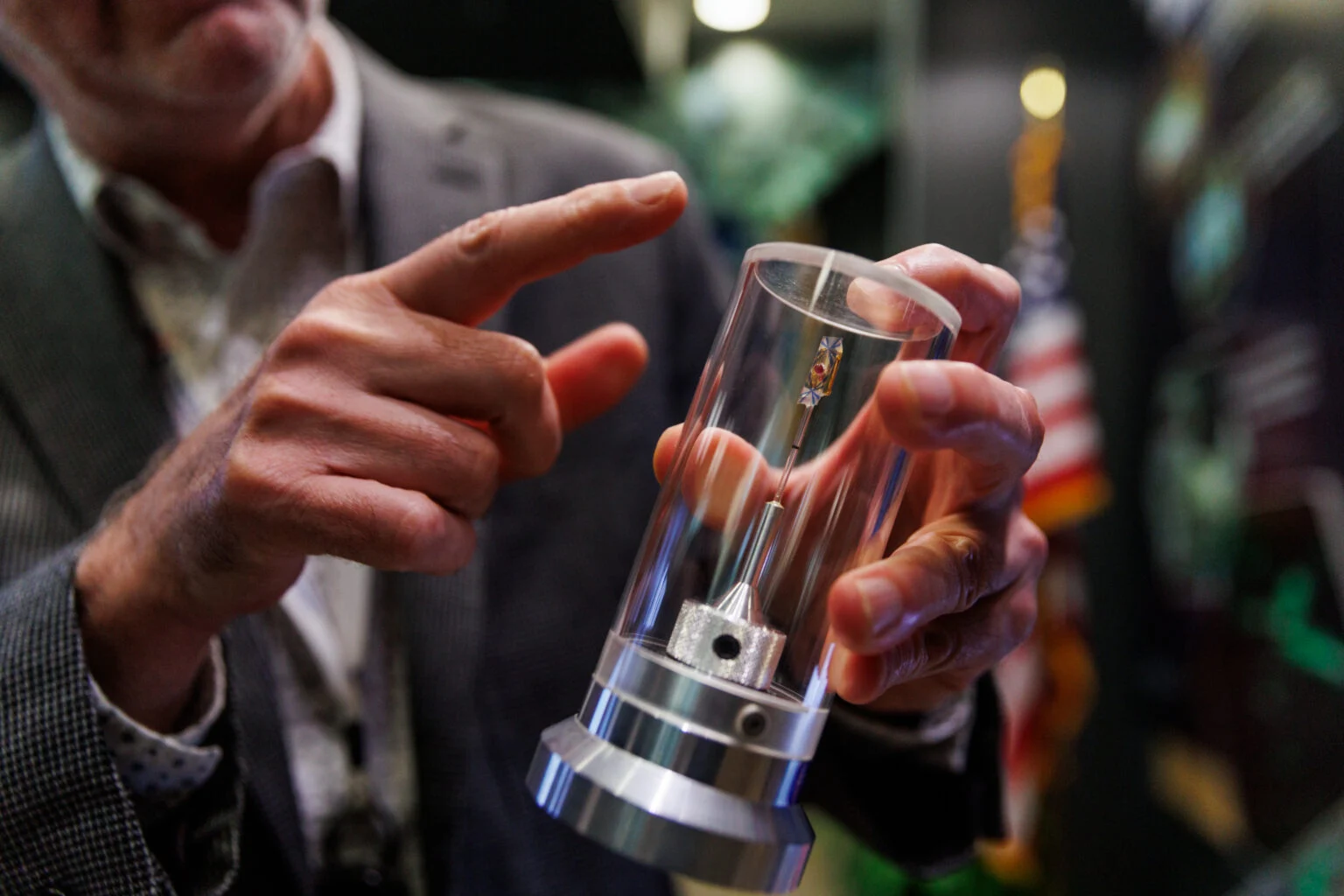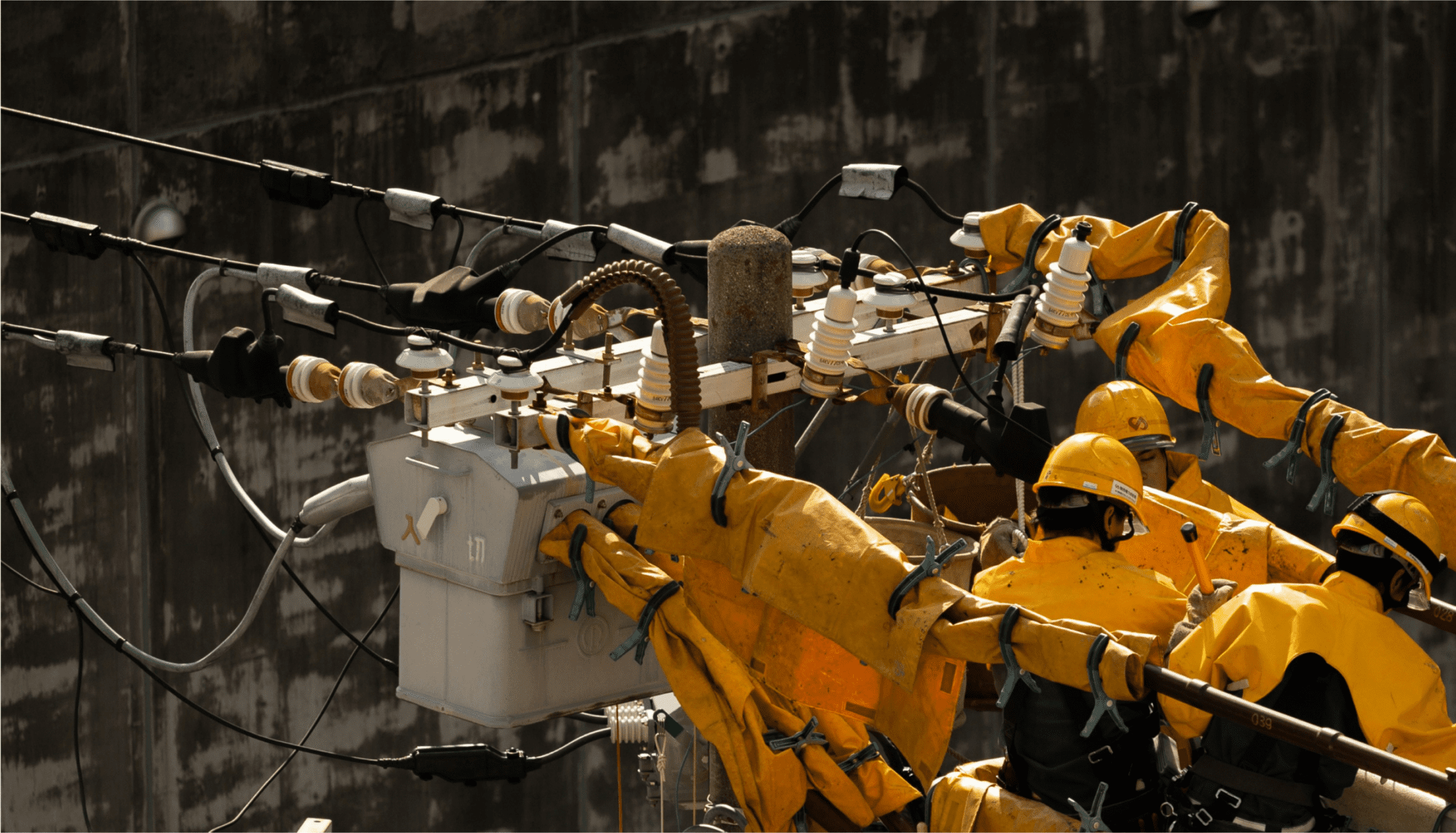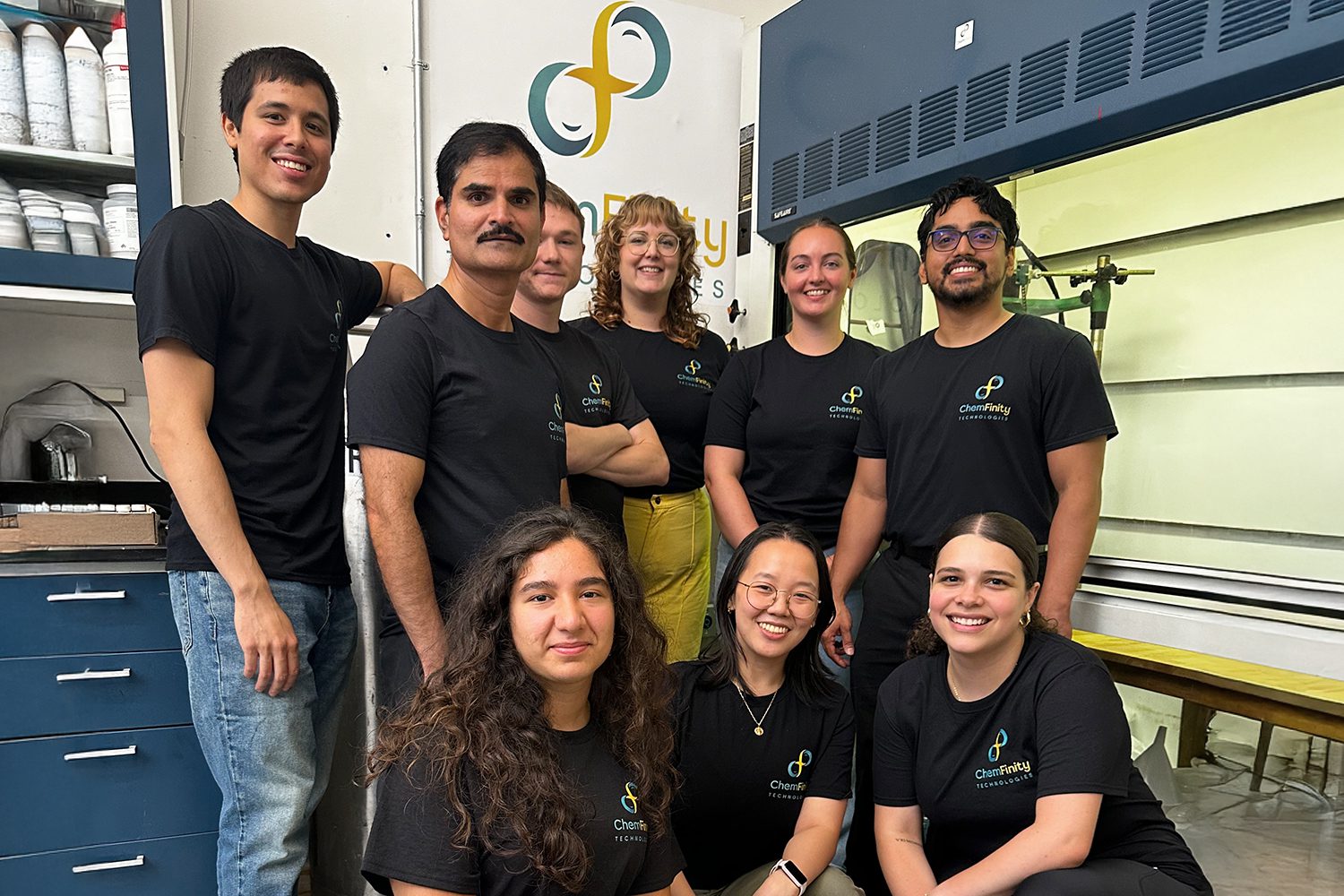Abigail Regitsky, PhD, Senior Manager on Breakthrough Energy's U.S. Policy and Advocacy team, recently testified before the U.S. Senate Committee on Environment and Public Works about the opportunity for American innovation to lead on decarbonizing our industrial sector. Read her remarks below or watch the testimony here.
Chairman Carper, Ranking Member Capito, and Members of the Committee:
Thank you for the opportunity to appear before you today.
I’m honored to represent Breakthrough Energy, a network founded by Bill Gates to scale the technologies we need to reach net-zero emissions by 2050. Following eight years of work, we just published our first State of the Transition Report to share the progress being made and the challenges that remain ahead. Innovation is at the heart of Breakthrough Energy’s mission, and more than any other sector, industry cannot decarbonize without innovation.
The industrial sector is responsible for transforming raw materials into the products of our daily lives, like the cement in our buildings and bridges, and the steel in our cars and appliances. It has been the engine of American economic development. It also accounts for nearly one fourth of U.S. greenhouse gas emissions and about one third of global emissions. While sectors like power and transport are expected to continue reducing emissions, industrial emissions are expected to stay flat and could even increase, likely making it the top source of U.S. emissions in the future.
In part, this slow progress comes from industry’s reputation of being “hard-to-abate.” This is largely because the main sources of emissions are essential to how industrial goods are manufactured today: namely, emissions from industrial heat and process emissions from chemical reactions. For example, steelmaking requires temperatures over 2000°C, and the raw material for cement contains CO2 that’s released when it’s made.
The good news is that many U.S. companies are actively working on breakthrough technologies to address these emissions, as well as reduce and eliminate air, land, and water pollutants. This will bring tangible health and quality of life benefits for the workers in industrial factories and the fence-line communities surrounding them.
Several solutions are cross-cutting and can be applied in many sectors. These include energy and material efficiency, electrification, the use of hydrogen and other low-carbon fuels and feedstocks, and carbon management. One promising example is thermal energy storage, which stores renewable energy as heat, and then delivers this heat for use in industry. For every cross-cutting area, building enabling infrastructure, like more transmission, will be critical, as is robust community engagement on the risks and benefits of each technology.
In addition to cross-cutting technologies, each sector can benefit from tailored solutions. For example, one company is developing a fully electric process that reduces iron ore and makes steel in one step.
While promising, many of these technologies are relatively immature. And even for those close to market readiness, barriers remain, such as high capital costs, long factory lifetimes, low profit margins, and competition from other countries. Smart policies that address the entire innovation cycle from R&D to deployment will be critical to accelerating their path to market.
Policies must support the supply of clean industrial technologies through investments in RD&D and financial incentives. Congress recognized this in passing the Clean Industrial Technology Act—introduced by Senator Whitehouse and Ranking Member Capito—as part of the Energy Act of 2020. Then, through the infrastructure bill and the Inflation Reduction Act, Congress provided a historic $6.3B for industrial demonstration projects. Industry applied for nearly ten times the program’s budget, indicating the need for future funding.
Complementary public procurement, or Buy Clean, policies can create sizable markets for low-emissions goods. The IRA included over $5B for federal procurement of low carbon construction materials. It’s critical that these programs target materials with the lowest possible embodied emissions available today. Furthermore, new policies will be needed to provide long-term offtake, such as through advance market commitments or contracts for difference, which will unlock further investments.
To maximize these domestic investments, climate-aligned trade policies must address potential emissions leakage. As a first step, policies must build the data infrastructure to reliably measure and report embodied carbon, which underpins the effective design of all the above policies. Fortunately, Congress is increasingly paying bipartisan attention to these issues. For example, Senators Coons, Cramer, and several Members of this Committee introduced the PROVE IT Act. On average, U.S. industry already boasts lower emissions intensity production internationally, and decarbonization investments will only strengthen this carbon advantage and increase global market share.
Senators are also developing trade policies to address carbon leakage and competitiveness. This includes Senator Whitehouse’s Clean Competition Act and Senators Cassidy’s and Graham’s Foreign Pollution Fee Act. Breakthrough Energy supports bipartisan discussions to develop trade policy that bolsters the competitiveness of domestic industries, and puts a spotlight on manufacturing emissions abroad to incentivize industrial decarbonization around the world.
Addressing industrial emissions will also safeguard manufacturing’s role as a critical piece of the U.S. economy. This year, the manufacturing sector employed 13 million Americans, and for every one manufacturing worker, 4.4 workers are added to the economy overall. Thus, investing in this sector will pay dividends in economic growth, and revitalize communities that have suffered decades of progressive deindustrialization.
In summary, without intervention, the industrial sector is set to become the highest-emitting U.S. sector in the next decade. Addressing industrial emissions depends on a full-spectrum approach of supply-side investments, demand-side market creation, trade policies, and data infrastructure. Decarbonizing industry not only aids net-zero goals but enhances American competitiveness, retains and creates manufacturing jobs, and benefits worker and community health.
The world is on the brink of a clean industrial revolution, and America is poised to take the lead. I urge the Members of this Committee and Congress to not let this opportunity pass us by.


